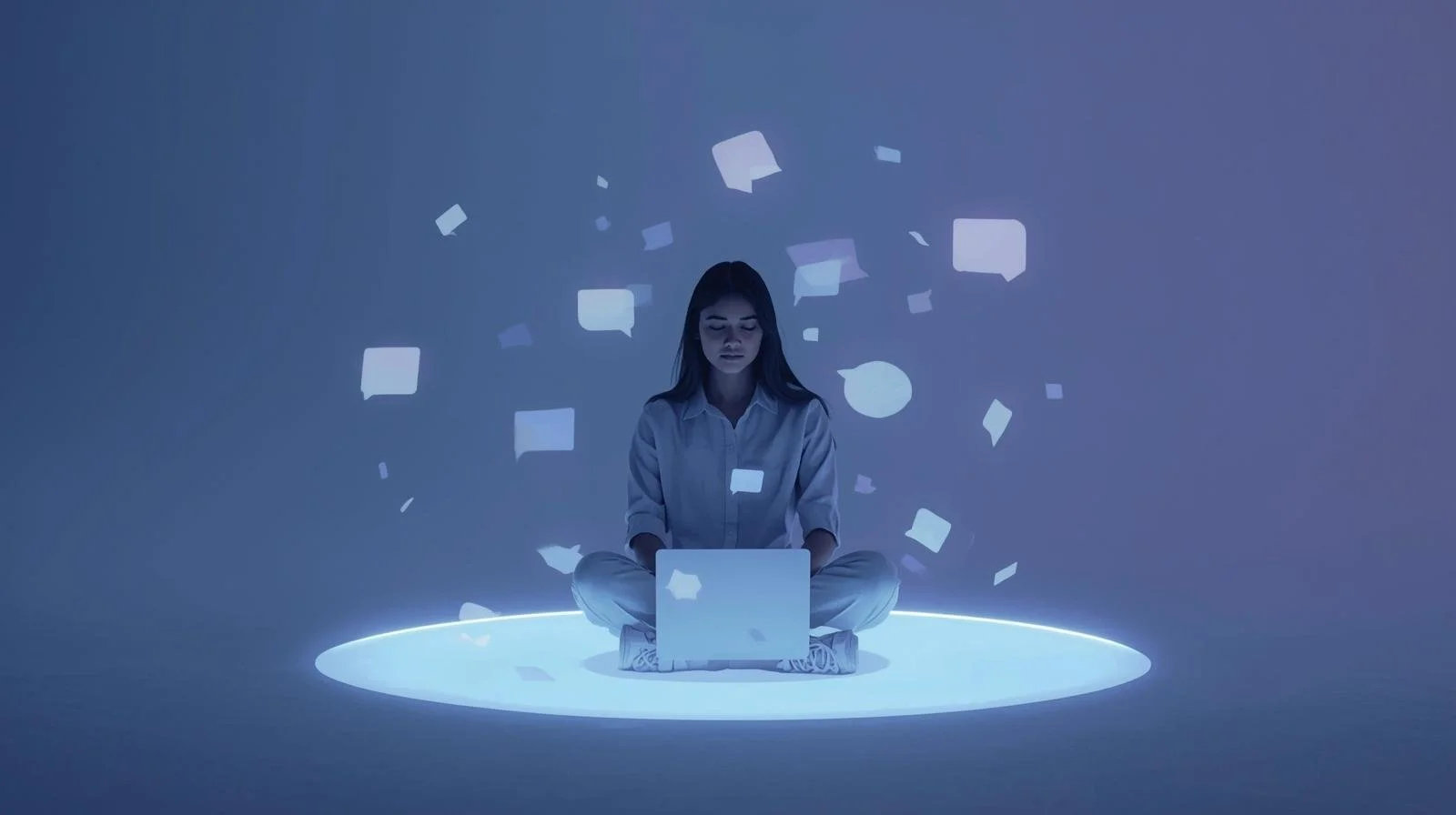The Psychology of Loneliness in the Digital Age
By Dr. Priya Das | Behavioral Scientist
Alone in a Crowded Room
You can have hundreds of contacts, constant notifications, and still feel unseen. The modern paradox is that we are more connected than ever and yet lonelier than at any point in recorded history.
Loneliness is not only an emotion. It is a biological signal, a kind of social hunger that tells us something vital is missing. Just as the body craves food when it lacks nourishment, the mind craves connection when it lacks belonging.
The Science of Loneliness
Neuroscientists have found that loneliness activates the same brain regions as physical pain. That is why it hurts — because, in evolutionary terms, disconnection once meant danger. For early humans, being separated from the group could threaten survival.
In the modern world, physical safety may not be at stake, but emotional safety still is. When we lose genuine connection, our nervous systems stay on alert. Stress hormones rise. Immune systems weaken. Sleep quality declines.
Loneliness is not only sadness; it is a full-body experience.
Why Digital Connection Is Not Enough
Social media can simulate connection, but it rarely satisfies it. Scrolling through curated images of other people’s lives activates comparison rather than closeness. It offers stimulation without depth.
The brain’s mirror neurons respond best to face-to-face interaction — tone, micro-expressions, shared silence. Digital connection offers convenience but not the embodied cues that regulate emotional safety.
Technology itself is not the enemy. The problem is when it replaces, rather than supports, real human contact.
Hidden Triggers of Modern Loneliness
Superficial Connectivity
Constant communication creates the illusion of intimacy while avoiding vulnerability.Cultural Busyness
Being busy has become a badge of worth. When schedules leave no room for stillness, connection becomes transactional.Fragmented Communities
Urbanization and remote work have weakened neighborhood and workplace bonds, leaving many without shared social rituals.Self-Comparison
Digital spaces amplify perfection. Seeing others’ highlight reels makes your real life feel small.
How to Rebuild Real Connection
1. Practice Micro-Connection
Small, genuine interactions rewire the brain toward trust. Smile at a stranger, check in with a colleague, or call a friend without agenda. Micro-connection builds emotional muscle.
2. Create Rituals of Presence
Shared rituals — weekly dinners, walks, or community projects — provide predictable spaces for belonging. Rituals tell the nervous system, You are part of something steady.
3. Relearn Vulnerability
Loneliness thrives in secrecy. Talking about it is not weakness. It is honesty. Vulnerability is the gateway to closeness.
4. Redefine Online Spaces
Use technology intentionally. Join communities where dialogue, not display, is the goal. Curate digital spaces that inspire instead of drain.
Loneliness and Self-Connection
Sometimes loneliness signals disconnection not only from others but from self. Silence and solitude are different experiences. Solitude replenishes; loneliness empties. When you learn to sit with yourself — through journaling, art, or meditation — you rebuild internal belonging, which makes external belonging easier.
Final Signal
Connection begins with awareness. When we learn to reach out, slow down, and show up, loneliness loses its grip. The digital world may have changed how we communicate, but it has not changed what we need — presence, care, and real human contact.
Author Bio
Dr. Priya Das is a behavioral scientist specializing in emotional well-being and digital culture. Her research explores how technology shapes connection, community, and modern mental health.
*Guest contributions reflect the personal experiences and perspectives of their authors. While every piece is reviewed for quality and respect, the ideas shared may differ from the views of Josh Dolin. Readers are encouraged to take what resonates and leave the rest.

